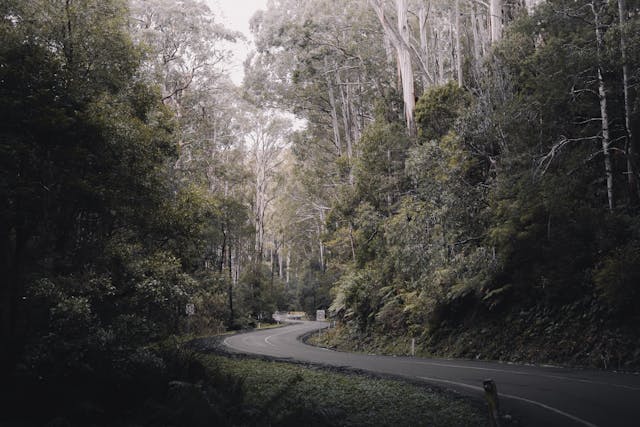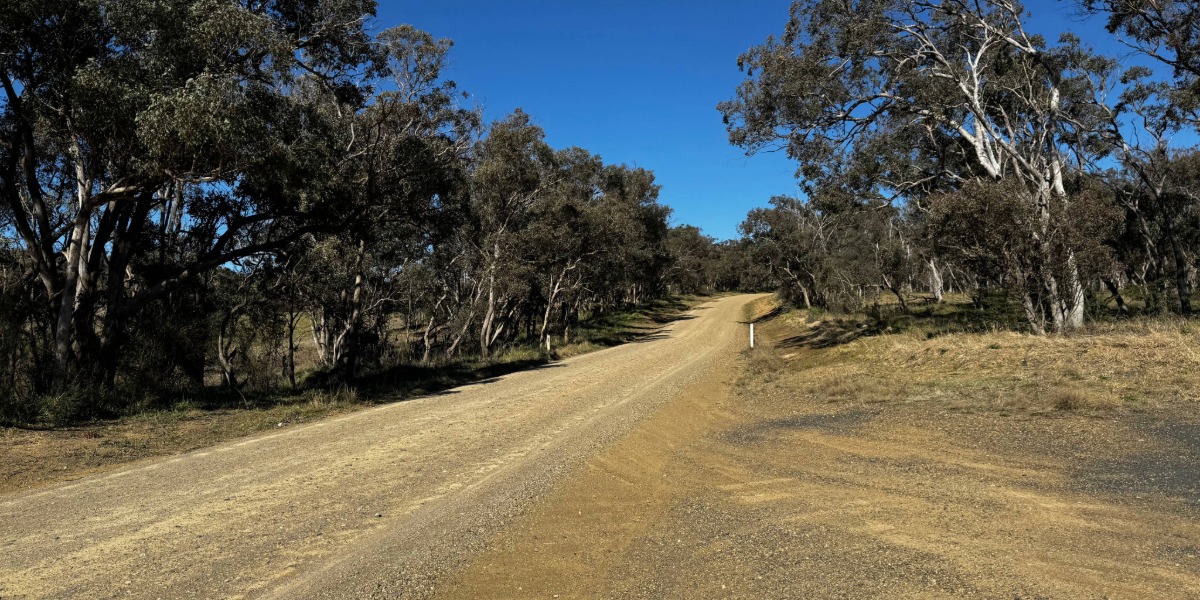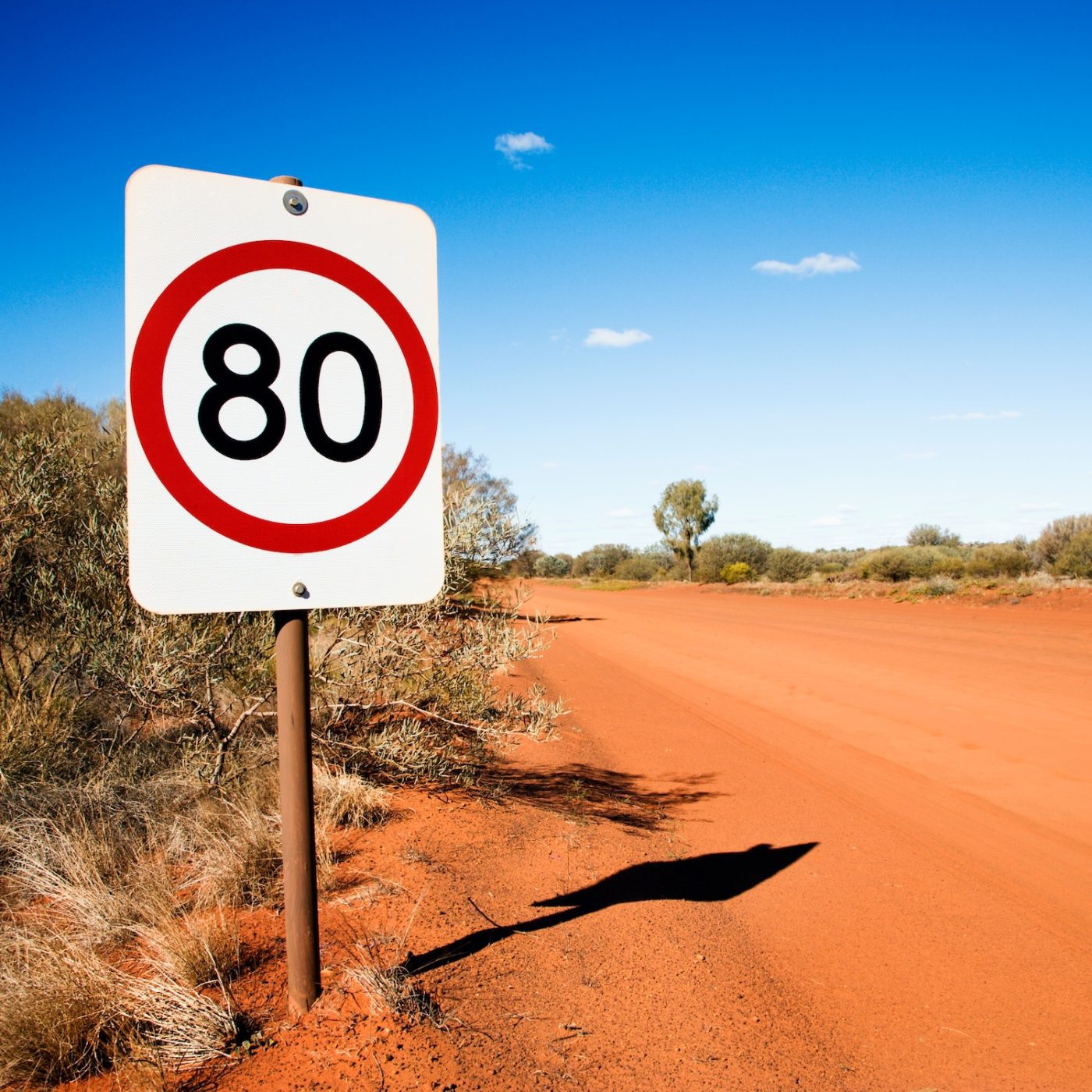
Time's up for having your say on a controversial proposal that could see some changes across rural Aussie roads.
What is this looming change, and can you still share your thoughts about it in public?
The Federal Government's consultation period closed at 5:00 PM last Monday, 27 October, ending the opportunity for public input on proposed changes.
The proposed changes could change default speed limits on unsigned rural roads from 100km/h down to 80km/h on sealed roads.
Lower limits may apply for unsealed roads.
The timing couldn't be more significant for anyone who regularly travels Australia's vast network of country roads.
The proposal that's got rural Australia talking
The changes form part of the National Road Safety Action Plan 2023-25, with consultation papers suggesting speed limits could be reduced to 80km/h on sealed roads and 70km/h on unsealed roads where no speed limit signs are posted.
To put this in context, Australia has nearly 860,000 kilometres of unsealed roads—including dirt and gravel tracks—outside built-up areas.
That's an enormous network that many of us rely on for everything from visiting the grandchildren to accessing essential services.
The sobering statistics behind the push
The government's motivation comes from some genuinely concerning road safety data that affects us all.
According to the Department of Infrastructure, the risk of being killed on a regional or remote road is 11 times higher than in a major city.
Even more alarming, in 2024 alone, 1,294 people were killed and more than 30,000 seriously injured on Australian roads, with speed identified as a leading factor.
'Travelling at up to 100 kilometres per hour on some unsealed or narrow regional roads can increase the risk of serious crashes.'
These aren't just numbers—they represent real families affected by preventable tragedies, many of whom are in our age group with decades of driving experience.
Rural communities fight back
Despite the safety concerns, the proposal has met fierce resistance from regional Australia.
Member for Northern Tablelands Brendan Moylan has called the proposal 'a cop out and a lazy excuse for not properly investing in the maintenance and safety improvements of regional roads'.
The sentiment echoes across rural communities, where residents feel the solution lies in better roads, not slower speeds.
'We need safer roads to travel on, ones that aren't crumbling under our wheels and that have the same safety infrastructure as roads in the metro areas,' Moylan stated.
What rural residents are saying
Many regional Australians argue that reduced speed limits will increase travel times without addressing the real problem. They point out that longer journey times could actually increase fatigue-related accidents, especially for older drivers managing medical appointments or family visits that are already lengthy trips.
The frustration is palpable online. One resident noted, 'As someone who lives and works in rural Australia, this proposal feels like another decision made without truly understanding regional life'
Cutting country road speed limits isn't the solution—it's a temporary fix that punishes rural communities instead of addressing the real issue: neglected roads.
We rely on these routes for work, family, and business, and slower limits will only make us more isolated. Invest in safer, better roads—don't just slow us down,'the resident concluded in an online post.
What happens next?
Now that consultation has closed, a review committee will soon recommend whether to proceed with lowering the currently mandated 100km/h default speed limit.
If approved, the process for changing Australian road rules, including drafting, consultation and approval, typically takes about 18 months.
If adopted, the changes would form part of the Australian Road Rules, providing a national framework for states and territories to align their speed regulations. However, states and territories would still be able to adjust the thresholds, meaning variations could be seen across the country.
What this means for senior drivers
For those of us who've been driving for decades, these potential changes represent more than just numbers on a speed sign.
The practical reality is that lower speed limits could add significant time to journeys that are already challenging for older drivers, who must manage fatigue and comfort needs.
While the consultation period has ended, there are still ways to stay engaged with this critical issue.
Keep track of developments: The review committee's recommendations are expected to be announced in the coming months. State motoring organisations and regional newspapers will likely provide updates.
Contact your representatives: Local members of parliament, particularly those representing rural constituencies, will continue to advocate on this issue.
Plan accordingly: If changes are approved, allow extra time for rural journeys and consider the timing of longer trips to account for increased travel duration.
The debate over rural road speed limits reflects a broader challenge facing regional Australia—balancing safety with the practical realities of rural life. Whether you support the safety-first approach or believe better roads are the answer, any changes will significantly impact how we navigate Australia's vast regional landscapes.
Have you encountered situations where current speed limits felt unsafe, or do you believe the focus should be on road improvements instead? Share your thoughts and experiences with fellow members—your insights could help inform the ongoing conversation about keeping our regional roads safe for everyone.
Primary source
Aussie drivers have hours left to act on controversial speed limit proposal: 'Arbitrary'
The proposal is one that many road safety experts have been calling for around Australia. But not everyone's convinced.au.news.yahoo.com
Default rural speed limit could drop to 80km/h under new road safety proposal | New England Times
Cited text: 'Public consultation on the proposed change is open until 27 October, with feedback invited at infrastructure.gov.au/have-your-say.'
Excerpt: 'The Federal Government's consultation period closed at 5:00 PM yesterday (October 27).'

Default rural speed limit could drop to 80km/h under new road safety proposal | New England Times
A proposal to reduce the default speed limit on roads outside built-up areas to 80 kilometres per hour has sparked debate across regional Australia, with local leaders calling for investment in safer roads rather than slower travel. www.netimes.com.au
www.netimes.com.au
Just days left to have your say on country road speed limits—Beef Central
Cited text: 'A consultation paper released in conjunction with the review suggests speed limits could be reduced to 80km/h on sealed roads and 70km/h on unsealed roads...'
Excerpt: 'Consultation papers suggesting speed limits could be reduced to 80km/h on sealed roads and 70km/h on unsealed roads'

Just days left to have your say on country road speed limits - Beef Central
Country Australians have just a few days left to have their say on a Federal Government proposal to reduce speed limits on rural and regional roads...Read Morewww.beefcentral.com







